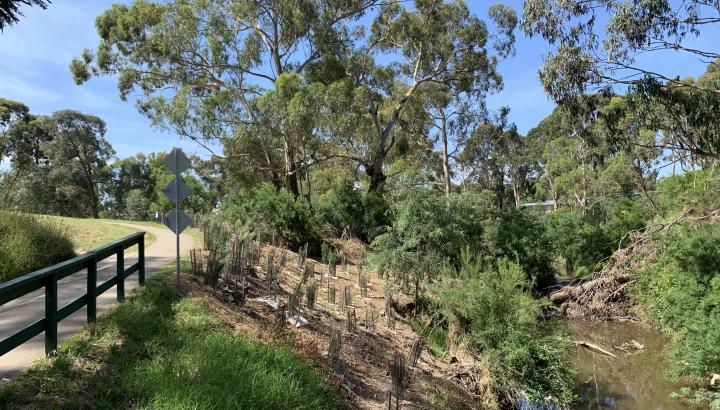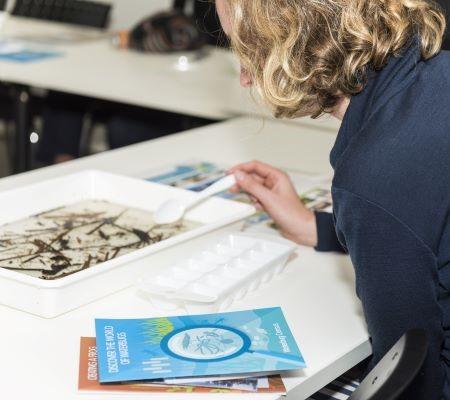 Return to search results
Return to search results
Waterway investigation into turbidity and erosion
Explore the link between turbidity, a measure of water clarity, and erosion. Learn how high levels of turbidity have an effect on the survival of living things in freshwater environments.
Water may flow directly into a waterway, over land as run-off, or through drains as stormwater. Either way, this water can collect silt, clay or soil particles and significantly contribute to waterway pollution. An increase in turbidity results in a decrease in the water clarity, and has harmful effects on aquatic animals and plants.
Identifying the causes and effects of increased turbidity on the local catchment helps the community to understand and appreciate the influences of their own actions on waterway health.
Learning outcomes
- Describe the importance of waterways and how they have shaped Melbourne's environment
- Describe how waterway environments - habitats are changed and managed by people
- Identify the physical conditions of aquatic habitats
Lesson outline
In this lesson students will learn about the following:
Turbidity explained - explore the factors that affect turbidity in waterways
Linking turbidity and erosion - understand how streambank erosion affects the turbidity of a waterway
Erosion in action game - learn about erosion and turbidity
Preventing erosion - identify ways in which we can minimise the impacts of erosion on the quality of water in the creeks around Melbourne.
Victorian Curriculum v2.0
Science: VC2S6U01, C2S6U05
Geography: VC2HG6K01, VC2HG6K03, VC2HG6K04






